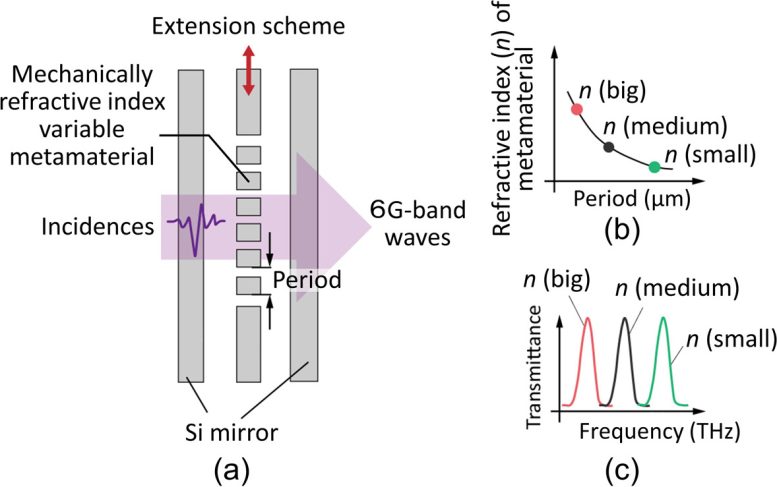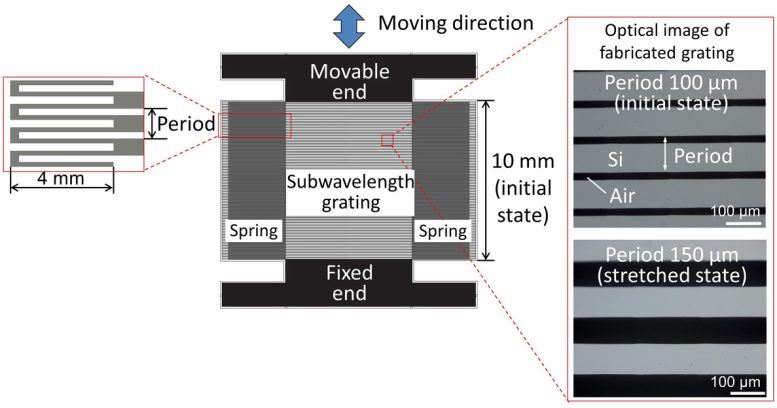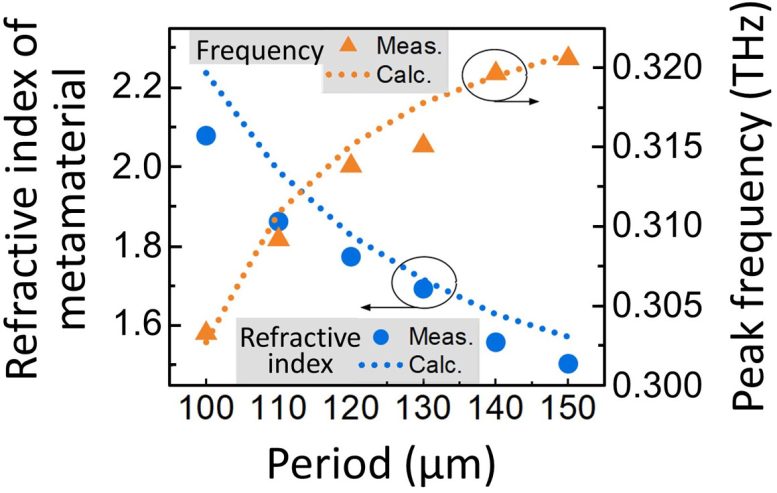
Tohoku University researchers have developed a tunable filter for terahertz wave signals that facilitates higher transmission rates and improved signal quality. Critical to the advancement of terahertz applications in communications, medical imaging, and industrial analysis, this breakthrough promises to unlock the full potential of terahertz waves in a variety of fields.
Terahertz frequency electromagnetic waves hold significant promise for advances in communications and scanning and imaging technologies. However, harnessing their potential is fraught with obstacles. A team from Tohoku University has made a breakthrough by developing a new type of tunable filter for the terahertz wave spectrum. Their findings were published in the journal Optical Letters.
Terahertz waves occupy a portion of the electromagnetic spectrum between microwave and infrared frequencies. They have a higher frequency (shorter wavelength) than radio waves, but a lower frequency than visible light. The increasingly crowded radio wave spectrum contains vast amounts of data transmitted by Wi-Fi, Bluetooth and current mobile phone (cellphone) communication systems.

Schematic view of the developed tunable filter. (a) Cross-sectional view of filter; (b) relationship between period and refractive index; (c) Frequency shift due to change in refractive index. Credit: Ying Huang et al.
Congestion of signals in the low-frequency regions of the electromagnetic spectrum is an incentive to explore options in the terahertz region. Another is the ability to support ultra-high data transfer rates. A major challenge in using terahertz signals for typical applications is tuning and filtering the signals at specific frequencies. Filtering is required to avoid interference from signals outside the desired frequency band.
Breakthrough in Terahertz Filtering
„We developed and demonstrated a frequency-tunable filter for terahertz waves that achieved a higher transmission rate and better signal quality than conventional systems, demonstrating the potential of terahertz wireless communications,” says Yoshiaki Kanamori of the Tohoku team. He says the work could be more widely applied outside the terahertz frequency band.

Mechanical refractive index variable metamaterials. Credit: Ying Huang et al.
The new terahertz filter is based on a device called a Fabry-Perot interferometer, which, like all interferometers, relies on the interference patterns created when different waves of electromagnetic radiation bounce between mirrors. The researchers' version uses a finely structured grating, with gaps smaller than the wavelength of the interacting waves, as the material between the mirrors. The variable elongation of the gratings allows for fine control of their refractive index needed to modulate the filtering effect of the interferometer. It allows only the desired frequency to be transmitted. Using different gratings allows control of different selective frequency ranges.
Expanding applications and benefits
The team demonstrated the use of their system for frequencies suitable for next-generation (6G) mobile phone signals.

Adjustment of refractive index and frequency by control of time. Credit: Ying Huang et al.
„In addition to the application of our method in communications systems, we envision applications of scanning and imaging technologies in medicine and industry,” says Kanamori.
One advantage of terahertz waves in scanning and imaging is that they can readily penetrate materials, including biological tissues, that block the path of light. In addition to medical applications, it offers opportunities for material analysis, safety systems, and quality control in manufacturing.
„Overall, our work provides a simple and cost-effective method for filtering and actively controlling terahertz waves, which will improve their use in many applications,” concludes Kanamori.
Reference: „Tunable Fabry-Perot interferometer operating in the terahertz range based on effective refractive index control using pitch-variable subwavelength gratings” Ying Huang, Naoki Inomata, Taiyu Okatani, Yoshiaki Kanamori and Yangxun Liu, February 2024, 2024 Optical Letters.
DOI: doi:10.1364/OL.515504

„Oddany rozwiązywacz problemów. Przyjazny hipsterom praktykant bekonu. Miłośnik kawy. Nieuleczalny introwertyk. Student.
